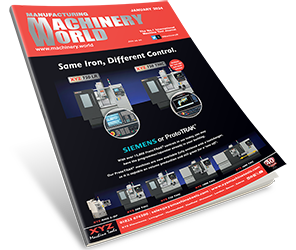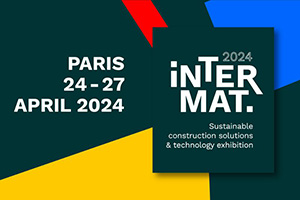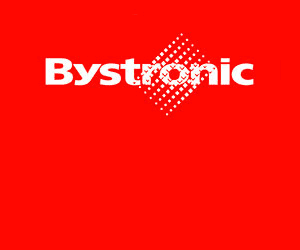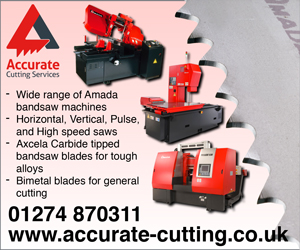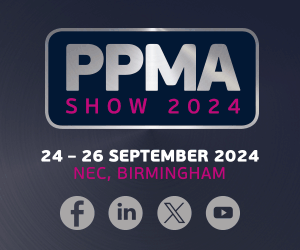What is Orbital Welding?
Orbital Welding is an automated welding technique which was originally developed in the aerospace industry in the 1960s to improve the consistency and quality of welds on hydraulic lines.
In the 1980s, the combination of power supply, control systems and machine portability increased the uptake of orbital welders because they could be transported more easily between construction sites. Ongoing improvements such as portable power supplies, device usability, weld consistency and reliability have further increased the demand for orbital systems.
How do Orbital Systems work?
An orbital welding machine works by automatically rotating the welding arc 360 degrees around the clamped pipes or tubes being welded. The welding parameters are set using a microprocessor and settings can be stored as programs for different applications and called upon as and when required.
The main advantages of using an orbital welding machine is the consistent quality of the weld which makes certifying welds a lot easier and quicker as testing finished welds are kept to a minimum. This is made possible by the repeatability of the process as computer controlled parameters are used to complete the same weld multiple times.
The level of welding skills required to carry out tube welding are lessened, but as with all welding processes, skill is still need to set up and use the machinery effectively.
Mark Reaney, Technical Director at Westermans International Ltd gives an overview of the process…
1. Planning and Preparation
The difference between a good and a bad weld comes down to planning and preparation and the same applies to orbital welding. Preparing materials and your welding environment in advance will ensure that you have a better chance of achieving great results.
Make sure that you have everything to hand before you start. Familiarise yourself with your orbital welding machine manual, so that you understand and can make the most out of the equipment.
2. Material Selection and Material Weldability
The material weldability needs vary depending on the application and environment that the finished weld will go into. Selecting the right metal for your welding application will help you minimise the number of welds required.
It is important to consider alloy and trace elements variance within your selected materials. Too much variation can lead to differences in heat conductivity, which in turn can result in inconsistent welding performance. For example, 300 series stainless steels have a much higher degree of weldability than 400 series stainless steels which often require additional post-weld heat treatment.
To avoid variation issues, try to make sure that the chemical elements of the metals have similar tolerances. With each new batch of metals, make a test weld using the same parameters and inspect the finished weld to make sure the results are consistent.
Although the main advantage of orbital welding is the ability to automate welds to provide consistent results, your material selection is still an important part of the process.
3. Tube End Preparation
Tube end preparation is vital to the success of your tube and pipe welding. Taking the following steps will help you increase the durability of your welds.
- Sharpen your cutting blades so you can achieve a clean cut without distorting the tubes. Longer metal cut-off coils are an indication of blade sharpness.
- The pipes or tubes must be even, regardless of the width or durability of the material being welded.
- Take care not to distort the tubes when clamping them in position. If the tubes are distorted in any way you will run into problems.
4. Weld Joint Fit-Up and Alignment
The weld joint fit-up is dependent on the welding specification and condition of the tubing. As mentioned above, look for clean cuts and review your tubes for any gaps, or a mismatch in wall thicknesses.
The following general rules can be used to assess the likely success of the weld joint alignment.
- Alignment mismatch problems can be avoided by using engineering clamps and stands to align the pipes being welded. This removes the need to align the tubes from the orbital welder head.
- Gaps should be less than five percent of the pipe or tube wall thickness. Look for consistent tube wall thickness and diameters at the point being welded.
- Tube wall thickness variations should be plus or minus five percent of the wall thickness to ensure weld quality.
5. Welding Gases
The choice of gas mix and gas purity depends on the end application for the weld. 100% argon gas is commonly used for welding steel but is not compatible with carbon steels and some exotic alloys.
Some of the typical gas mixtures used in orbital welding are listed below:
- When welding most material with the orbital welding technique it is common for 100% argon gas to be used. If you are welding exotic alloys there are many gas mixes such as 95% argon and 5% hydrogen.
- For larger weld wall thickness of 0.1 Inches or above, hydrogen gas is often mixed with argon. Dependant on materials to be fused.
Typical gas mixtures include:
- 98% argon and 2% hydrogen
- 95% argon and 5% hydrogen
- 95% argon and 10% hydrogen
- 75% helium and 25% argon
6. Tungsten Electrodes
The shape, construction and material used in tungsten electrodes are important considerations for the orbital welding process.
When selecting your tungsten electrode, your decision should balance electrode durability with the need for better welding performance. Performance is dictated by the electrode materials, tip geometry and taper of the electrode tip.
Electrode Materials
The most common types of electrode material are 2% thoriated tungsten and 2% ceriated tungsten.
We recommend using 2% ceriated/cerium based tungsten electrodes for safety and often better performance too. Cerium can improve the arc starting capability of the welding equipment.
Thoriated tungsten presents health and safety issues, as it contains thorium which is radioactive. This is particularly risky when the electrode is ground and thorium particle dust is created. (The alpha rays can’t penetrate the human skin but breathing in the dust is considered harmful as internal organs do absorb the alpha rays).
Electrode Tip Geometry
The typical electrode angle and taper ranges vary from anything between 14 and 60 degrees. The shape and taper of electrode tip will impact the arc start performance, amperage, stability, electrode life and weld penetration.
Electrode taper
The table below shows the differences between electrode tips of varying sharpness.
| Sharper Electrodes | Blunter Electrodes |
| Easy arc starting | Usually harder to start the arc |
| Handle less amperage | Handle more amperage |
| Wider arc shape | Narrower arc shape |
| Good arc stability | Potential for more arc wander |
| Less weld penetration | Better weld penetration |
| Shorter electrode life | Longer electrode life |
Electrode Tip Diameter
The table below shows the differences caused by the diameter of your electrode tip.
| Smaller Tip Electrode | Larger Tip Electrode |
| Arc starting is easier | Starting is more difficult |
| Lower weld penetration | Better weld penetration |
| Potential for increased arc wander | Increased arc stability |
| Shorter electrode life | Longer electrode life |
7. Programming and Welding Parameters
Each weld carried out by an orbital welding machine can be specifically controlled and configured using your machines settings to precisely control the welding output characteristics.
Most orbital welding machines can accommodate “levels” within a program depending on time or angle around the tube/pipe. This then allows different currents/feed rates or filler or even travel speed around one rotation. This is helpful to reduce thermal input after the pipe/tube has heated up due to welding, also for positional welding.
Settings can be adjusted for different metal base materials, tube diameters and wall thicknesses. Variations that lead to errors or defects when using conventional welding machines can be minimised.
Most orbital equipment manufactures provide pre-set welding programmes with their equipment. Additional programmes can be created and each weld configuration is recorded and saved for evaluation or repeated use. The more modern machines can be updated using USB memory sticks to update machine firmware and functionality.
We recommend that you read up on your welding equipment and review the documentation before you begin. Each machine has different settings that will allow you to adjust the following parameters:
- Arc length
- Welding speed and duration
- Welding currents and power
- Arc pulsing
8. Inspection
It is a good idea to review the welds that you create to check for consistency and quality. This is particularly important before undertaking larger quantities of the same weld.
As well as reviewing the outside of the weld, cut through a sample of the pipes near to the weld end to view and inspect the interior weld quality.
Conclusion
Hopefully this article has provided you with some practical tips for improving your orbital welding knowledge. Orbital welding provides enhanced precision and consistency compared to manual welding techniques.


